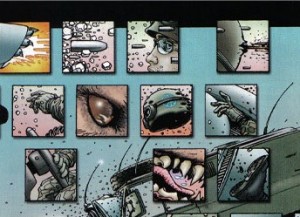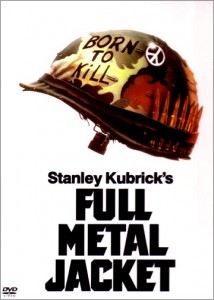On Tuesday, Professor Sample mentioned that the word clone comes from the Greek word for twig (κλών). He also noted that it was first used in botany, if I remember correctly. Two things about this. First, it comes as a shock to me that a word so entwined with the perversion of nature should come from the study of plant cultivation. (Then again, plant cloning, grafting, splicing and dicing is itself unnatural so it shouldn’t be too discordant.)
Anyway, the second and more important point is that the etymology of the word clone is leading me to code the word in a different way. Whereas the word used to carry a connotation of finality or inevitability, now clone brings to mind a sense of chance and uncertainty. Clones now have agency for me.
Think about it. Two genetically identical plants can, under different environmental conditions—one raised under optimal conditions, and the other in darkness—will grow to be two very different plants. Ring a bell?
After El Patron has a heart attack at Steven and Emilia’s wedding, Matt remembers what Tam Lin once told him:
Very dark indeed is his majesty when he wants to be. When he was young, he made a choice, like a tree does when it decides to grow one way or the other. He grew large and green until he shadowed over the whole forest, but most of his branches are twisted. (p. 216).
Knowing the history of the word gives added significance to Tam Lin’s words.I think it’s apparent that Nancy Farmer also believes that people and clones alike are not only shaped by external forces, they have the power to change their future. In the nature vs. nurture debate, Farmer seems to be firmly on the side of nurture.
I used to think of clones as an exact copy of the original in every way. Learning about the history of the word changed that.

